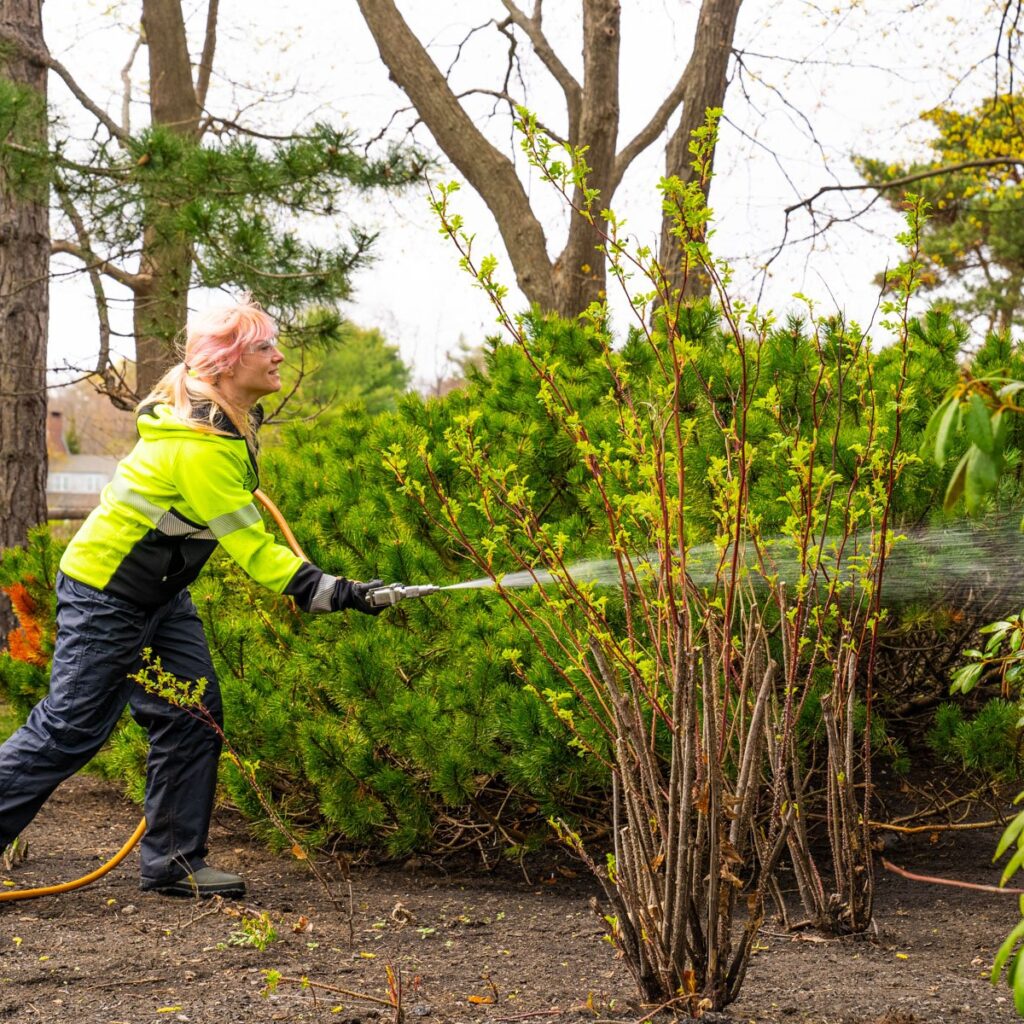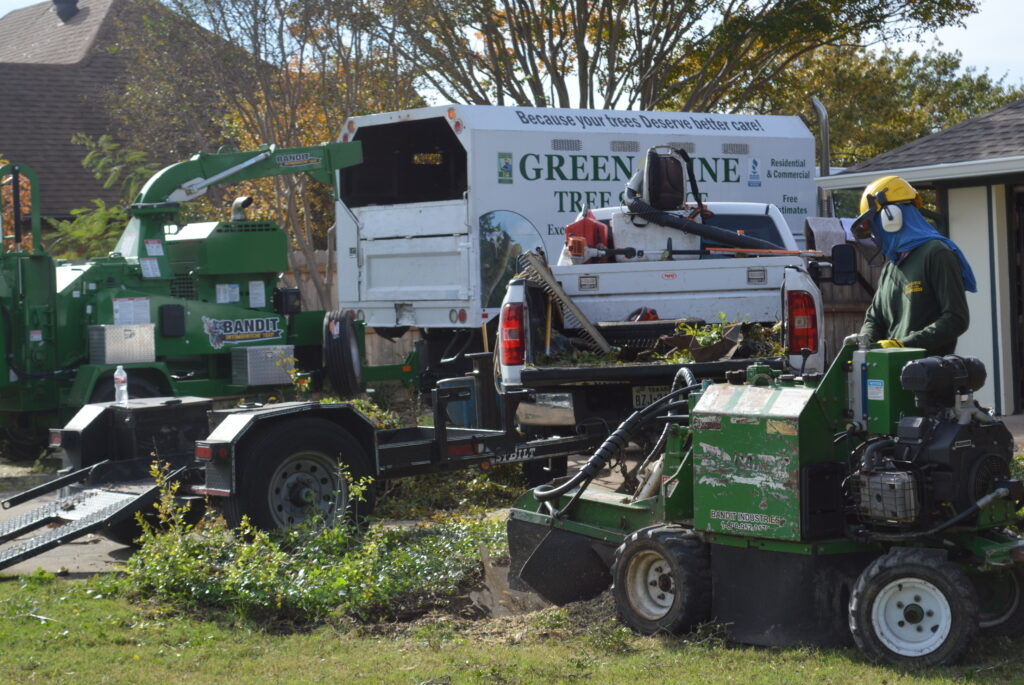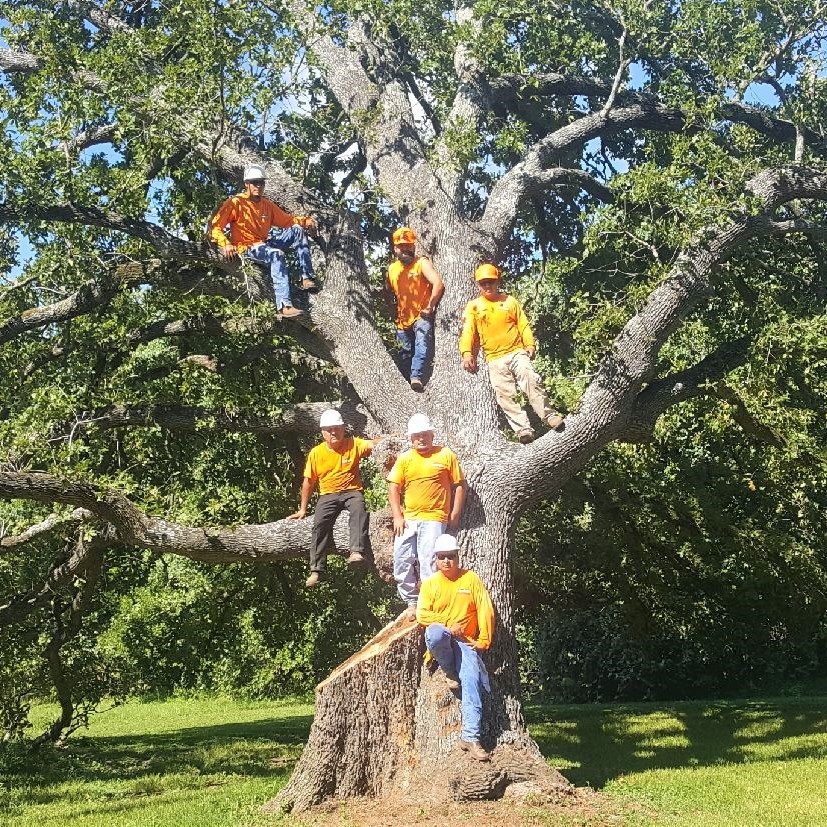Pest Control for Trees: Your Complete Guide to Tree Health and Protection
Introduction
Keeping trees healthy and free from pests is essential for preserving your landscape and the environment. Whether you’re a homeowner or a garden enthusiast, understanding how to control pests on trees is vital to preventing damage and ensuring long-term growth and vitality.
Importance of Pest Control for Trees
Pest control isn’t just about maintaining appearances; it’s about safeguarding the health of your trees. Pests can cause severe damage that affects tree growth, reduces fruit yield, and can even kill a tree if left unchecked. A proactive approach to pest control keeps your trees healthy and your landscape thriving.
Understanding Common Tree Pests
To effectively manage pests, it’s essential to know the types you might encounter. Different pests cause various types of damage, from leaf holes to bark discoloration. Knowing which pests are common can help you catch infestations early and treat them effectively.
Common Tree Pests and Their Impact
Aphids and Their Effects on Trees
Aphids are tiny insects that suck the sap from leaves, often resulting in curling, yellowing leaves, and sticky residues on the tree. Aphid infestations can weaken trees, making them susceptible to other diseases.
Borers and the Damage They Cause
Borers are insects that drill into tree bark, disrupting the flow of water and nutrients. Their tunnels can weaken a tree’s structure, making it more prone to breakage. If borers are not controlled, they can cause branches or even entire trees to die.
Caterpillars and Leaf Damage
Caterpillars, particularly those in large numbers, can defoliate a tree by eating its leaves. Though usually a seasonal threat, they can significantly impact tree health if infestations are severe or reoccur yearly.
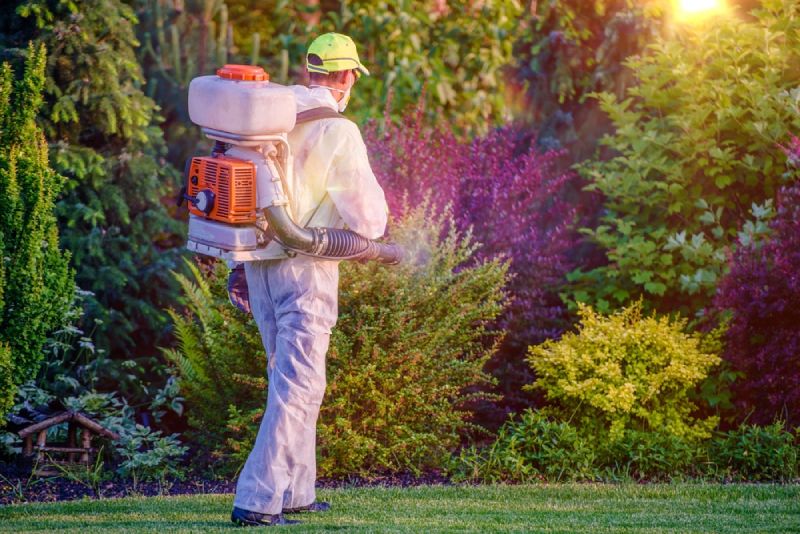
Scale Insects and Tree Health Issues
Scale insects appear as small bumps on leaves or branches. They feed on tree sap and excrete a sticky substance that attracts mold, hindering photosynthesis and compromising tree health.
Identifying Tree Pests Early
Signs of Pest Infestations
Look for visible signs like leaf discoloration, holes, or wilting, as well as sticky or powdery substances on leaves and branches. Bark damage or unusual growths on a tree’s surface may also indicate pest activity.
How to Examine Tree Health Regularly
Regular inspections are crucial for early pest detection. Examine both the leaves and branches closely for any unusual signs, staying alert to shifts in color, texture, or overall tree health. Regular seasonal checks can help you catch pest problems early, preventing them from worsening.
Methods of Pest Control for Trees
Organic and Natural Pest Control
Natural methods are effective for controlling pests without harming the environment. These include attracting beneficial insects and using organic oils.
Beneficial Insects
Ladybugs, lacewings, and other insects naturally control pests by preying on them. Encouraging these natural predators can keep aphids and caterpillars in check.
Neem Oil Application
Neem oil, derived from the neem tree, is a natural insect repellent that disrupts the life cycle of pests without harming beneficial insects. Applying neem oil to affected areas can deter pests effectively.
Chemical Pest Control Options
While organic methods are ideal, chemical pesticides may be necessary for severe infestations.
When to Use Pesticides
Chemical treatments should be a last resort. Only use them when natural methods are insufficient, and follow all instructions to avoid harming beneficial insects and plants.
Safety Tips for Pesticide Application
Wear protective gear, and apply pesticides during cooler times of the day to avoid evaporation. Keep children and pets away from treated areas until they’re safe.
Preventive Measures to Protect Trees from Pests
Proper Tree Maintenance Practices
Regular upkeep fortifies trees, enhancing their resilience against pests.
Pruning Techniques
Pruning eliminates branches that are diseased or infested, helping to prevent pest spread and encouraging vigorous, healthy growth.
Watering and Fertilization Tips
Adequate watering and fertilization keep trees healthy and resilient. Water deeply and fertilize during the growing season to support optimal health.
Soil Health and Its Role in Pest Resistance
Healthy soil provides nutrients and supports a tree’s immune response to pests. Consider using compost and other soil enhancers to maintain soil health.
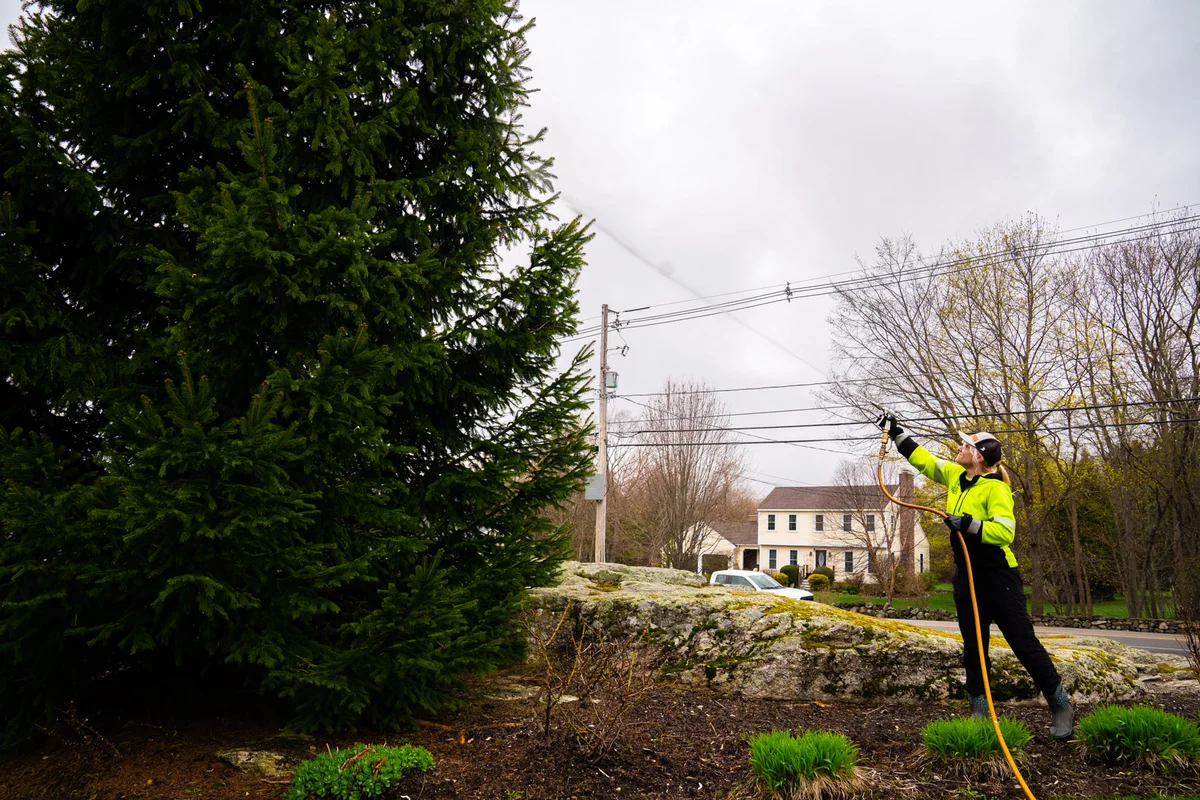
Seasonal Pest Control Tips
Spring Pest Control
Inspect trees for signs of pest emergence in spring. Apply natural controls early to minimize summer infestations.
Summer Pest Management
Summer heat often exacerbates pest issues. Monitor water levels and control pests actively, as tree growth can slow down under intense stress.
Fall and Winter Pest Protection
As trees go dormant in fall, prune dead branches and apply winter oils to control dormant pests. This preparation helps trees survive the colder months.
How to Treat Severe Pest Infestations
When to Call a Professional Arborist
In cases of widespread or severe infestation, an arborist can provide professional treatment options, including systemic insecticides that can save a tree from extreme damage.
Emergency Treatments for Infested Trees
Emergency treatments, like trunk injections or high-strength pesticides, may be necessary to prevent tree loss during critical infestations.
Conclusion
Pest control for trees is an essential part of landscape management, ensuring that your trees stay strong and healthy. From organic solutions and preventative measures to knowing when to call an expert, pest management can significantly impact tree health. With proper care, you can protect your trees from the most common threats and enjoy their beauty for years to come.
